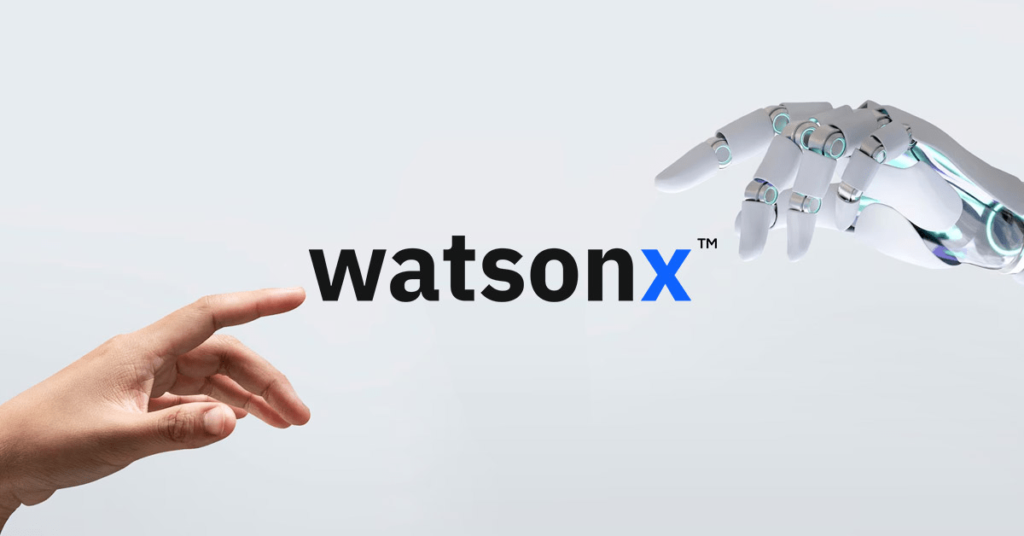
Post-AI vs The Watercooler: Why Internal Comms Is Losing the Race for Employee Trust
The biggest threat to internal comms used to be a leak to the press or gossip in the break room. Now employees ask ChatGPT “what’s really going on” and get answers—sometimes faster, sometimes wrong, but always authoritative-sounding. The real issue isn’t speed. It’s trust.
Our agency has run internal comms for some of the world’s biggest companies—tech giants, pharma multinationals, global hospitality brands. The job was always the same: manage the flow of information, prevent leaks and, above all, earn trust. Employees didn’t have to like every message, but if they trusted leadership to tell them first, they stayed aligned.
Now? We’re competing with a new “colleague.” Employees type rumors into ChatGPT, Perplexity or Copilot and get back polished answers before HR has booked a town hall meeting. The danger isn’t just that AI is faster—it’s that employees trust it more than they trust the company. That should scare every corporate communicator alive.
The Rise of the Machine
Remember when company gossip was only spread around the watercooler? At least then you knew who started it. Even when chat groups replaced break room banter, the source of any erroneous info could be rooted out. But today, the loudest voice around the virtual watercooler is a chatbot. Gallup reported in September 2025 that 40% of U.S. employees had used AI at work at least a few times a year, often to summarize emails or gather company information.
At Amazon, after layoffs were leaked to the press, Business Insider reported staff were warned against sharing confidential information with third-party AI tools—not just because of speed, but because employees actively sought company insight and clarity from those platforms.

Speed Kills (and So Does Silence)
The 2023 Edelman Trust Barometer highlighted that 77% of employees trust their employer over any other institution as a source for truthful information—yet the #1 trust-building action named by employees is clear, transparent, and honest communication delivered quickly. The biggest erosion happens when official updates lag behind the rumor mill, especially AI-fueled rumor mills.
During the Meta layoffs of 2023, reporting documented how internal Slack groups and leaked information became preferred sources for staff seeking faster, unfiltered news on company changes.
Rachel Botsman, British author and lecturer best known for her work on trust and the “sharing economy,” said it best: “We are seeing a massive shift of trust from top-down institutions to distributed networks and to the interfaces that power them.” Employees assume the algorithm is neutral, even when it isn’t. That means a day’s delay isn’t just bad optics. It’s trust suicide.
The Perception of Neutrality
Recent workplace surveys show many employees use AI to access information quickly, often without deeper vetting. According to Microsoft’s Work Trend Index, over 70% of users rely on Copilot for meeting recaps and email summarization, while 62% say it improves communication clarity.
Microsoft Copilot saw widespread adoption in 2024, with over 60% of Fortune 500 companies using it and user satisfaction above 85%. Employees value AI summaries because they cut through what feels like corporate spin, even if that perception isn’t always fully deserved.
Authority Erosion in Real Time
The Chartered Institute of Public Relations reported in 2023 that 40% of PR tasks are assisted by AI, and many professionals express concern over maintaining trust and authority as employees increasingly consult AI first.
Google experienced challenges when Bard launched in 2023, facing backlash over inaccurate information, showing how employees turn to AI for answers before official communication can catch up.
The Psychology of Narrowed Focus
Neuroscience refers to attentional narrowing—under stress, people focus on immediate information without questioning its validity.
During COVID, India’s MyGov Corona Helpdesk WhatsApp bot became one of the nation’s most trusted sources, relied upon for being fast, simple, and confident. Millions used it to access health updates during confusing times. AI doesn’t just provide answers. It changes the questions people ask—or stop asking.
Internal Comms 2.0: Preempt, Don’t React
If AI answers first, you’ve already lost the perception game.
Unilever reported improvements in employee engagement and communication clarity following a shift to FAQ-style internal updates, demonstrating trust gains when leaders anticipate employee questions.
The format wasn’t revolutionary—but by anticipating questions, leadership built trust that AI couldn’t beat.
Monitor the Machine
Sector surveys note a rising trend, with many companies budgeting to monitor AI outputs referencing them to maintain control over organizational narratives.
Salesforce tackled this challenge head-on. In 2023, leadership openly advised staff: “If you ask ChatGPT about Salesforce, verify with official sources.” Communications teams were tasked with auditing AI-generated answers—not as censorship, but to protect trust.

Transparency as the Last Advantage
Edelman’s research confirms transparency as the strongest driver of trust, loyalty, and engagement. Employees say honest communication—even when the news is tough—increases trust and advocacy.
IBM demonstrated this in 2023 with candid internal messaging about Watsonx’s limitations. IBM’s openness earned positive attention internally and in the press, showing that forthright communication beats ambiguity every time.
Richard Edelman famously said: “Trust is the ultimate currency.” Once lost, no memo can buy it back.
Tips for Corporate Communicators in the AI Era
With AI now deeply integrated into business communications—used weekly by nearly 90% of teams according to recent industry research—corporate communicators must adapt fast. The challenge is balancing speed and personalization with transparency and trust to stay ahead of AI-driven rumors and information flows.
- Prioritize Speed and Transparency
The 2023 Edelman Trust Barometer and recent Gallup data make it clear: employees want information fast and honestly. Don’t let AI-generated rumors set the agenda. Deliver clear, transparent updates promptly to build and maintain trust. - Leverage AI for Content Personalization
AI’s ability to tailor communication to individual preferences is reshaping engagement. Use AI-driven tools to customize messaging for different employee groups, increasing relevance and connection without losing authenticity. - Use AI to Monitor and Manage Your Narrative
With many companies now investing in AI-powered monitoring, keep an eye on how your organization is portrayed by AI chatbots and public-facing algorithms. Proactively audit AI-generated content relating to your company to spot inaccuracies and respond quickly. - Blend Automation with Human Judgment
Automate routine communications and data analysis using AI, but ensure human oversight in crafting sensitive messages. Trust is a human currency; empathy and sincerity cannot be fully automated. - Prepare for Rapid Response
AI speeds information flow and rumor spread. Establish agile communication protocols to respond swiftly to developments, rumors, or misinformation—before the bots shape perceptions for you. - Promote Digital Responsibility and Ethics
Implement Corporate Digital Responsibility (CDR) to guide ethical AI use in communications. Transparency about how AI tools inform messaging builds employee confidence and wider stakeholder trust. - Invest in Ongoing Skills Development
Equip communication teams with data literacy and AI fluency. Understanding AI capabilities and limits is essential to wield these tools effectively and responsibly.
By embracing these strategies, corporate communicators can harness AI to reinforce, not erode, employee trust—a vital differentiator in today’s accelerated information landscape.
Final Takeaway
Internal comms was always about timing, tone, and trust. AI just made timing non-negotiable. If you don’t speak first, the bots will—and they’ll sound convincing.
But trust is still yours to win. If employees feel you’re straight with them, they’ll read AI summaries as background noise. If they don’t, every chatbot answer becomes gospel. The question isn’t whether AI will shape employee perception. It already does. The question is whether your truth will echo when it does.
Sources: Gallup (2025). “AI Use at Work Has Nearly Doubled in Two Years.”, Edelman Trust Barometer (2023), Business Insider (2023). “Amazon Warns Staff Not to Share Confidential Information With ChatGPT.”, Microsoft 2025 Work Trend Index and Copilot Usage Reports, Chartered Institute of Public Relations (CIPR) “AI in PR” Report (2023)., Reuters (2023). “Google Bard AI Issues and Backlash.”, BBC (2020). “India’s MyGov Corona Helpdesk WhatsApp Bot During COVID-19.”, Unilever Internal Communications Reports (2024), Sector Surveys on AI Monitoring Trends (2024–2025), Financial Times (2023). “IBM Watsonx Transparency.”, Salesforce Public Statements (2023).



